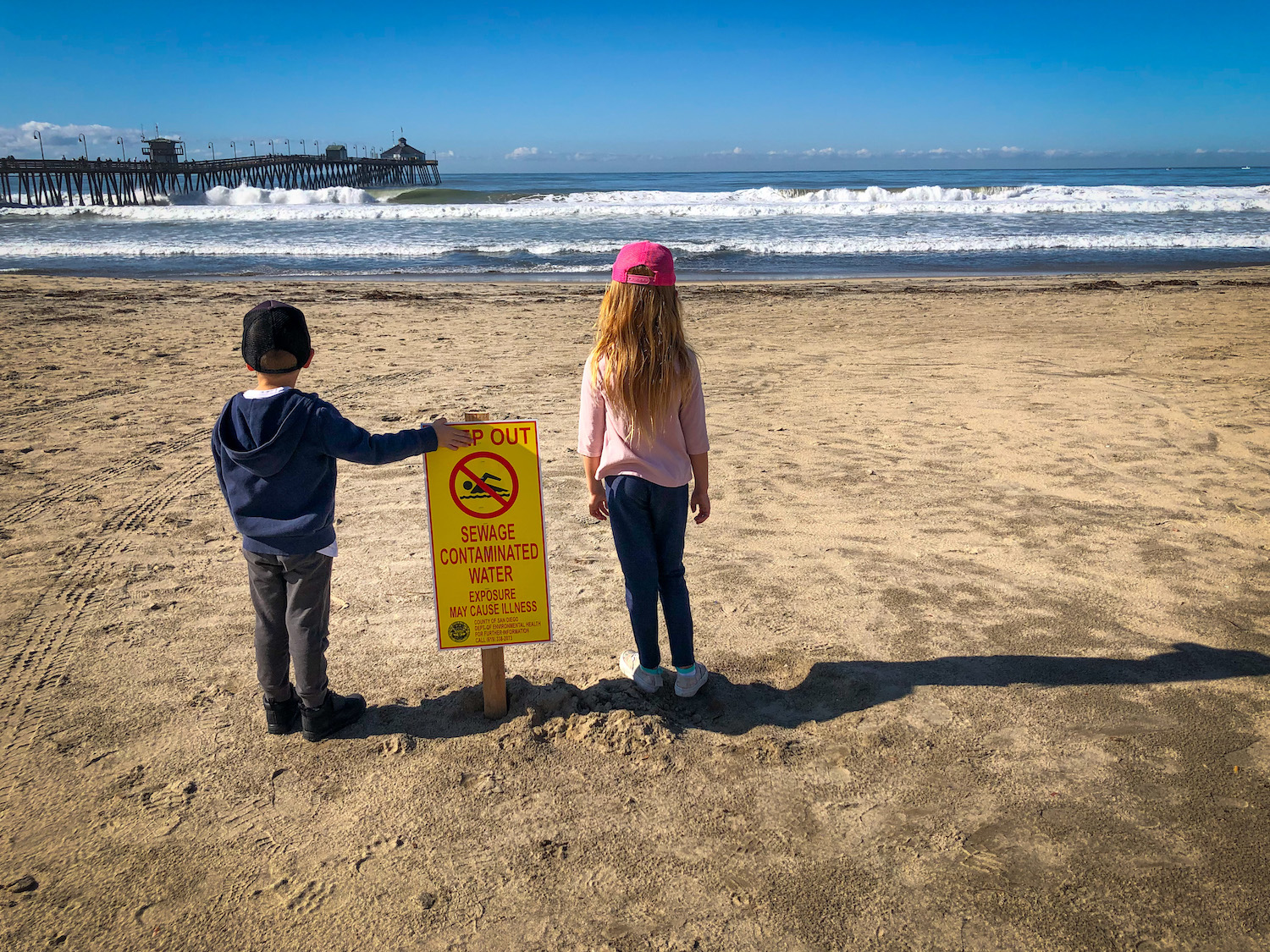Some Californians rejoice when rain falls—but surfers aren’t among them.
San Diegans have known for a long time that swimming in the ocean after a storm is a risk to their health, since runoff can send contaminants streaming into the sea. But recent discoveries are bringing to light that swimming or surfing in bacteria-contaminated water is no longer the only way to get exposed. Just walking on the beach—or merely existing near the coast—can make people sick.
South Bay Urgent Care owners Matt and Kimberly Dickson say they have documented a 560 percent increase in diarrhea cases at their Imperial Beach location whenever there’s a big flow of polluted water coming into the ocean from the border.
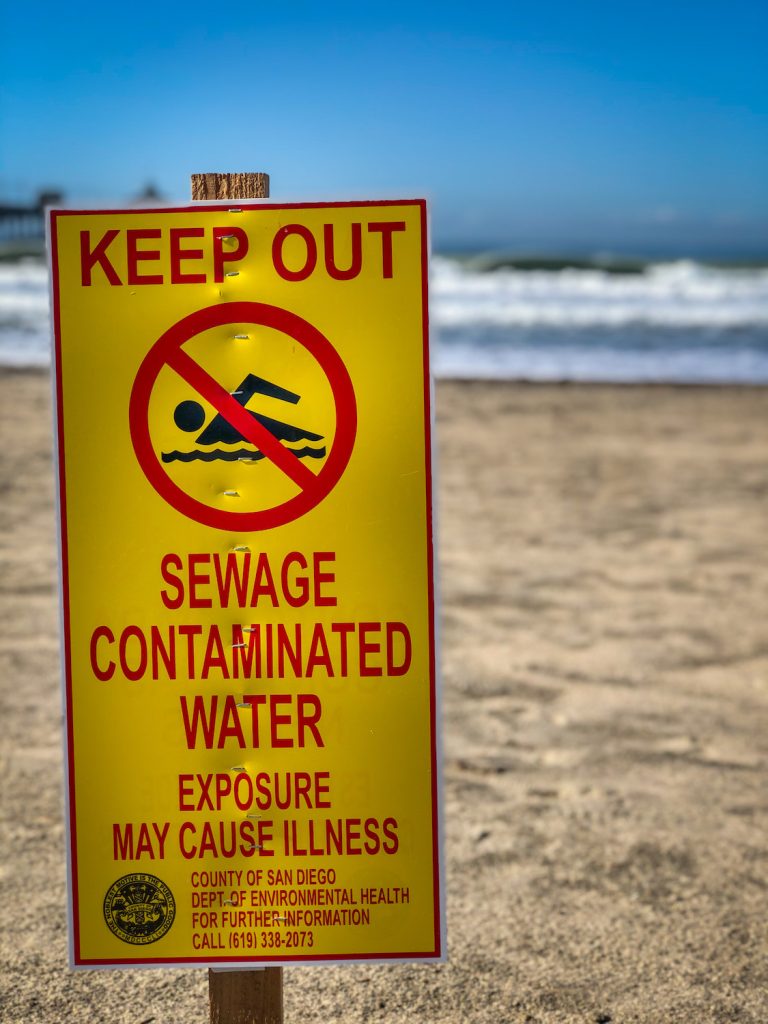
“We have boots on the ground. We have a location close to where the sewage is a problem. We see those patients that have been affected,” Kimberly Dickson told the California Coastal Commission (CCC) at their October 10 meeting.
In Imperial Beach, the coastline has been closed due to bacteria present in the ocean every single day this year—partly due to a ruptured main on the Mexican side of the border and a sewage treatment plant on the San Diego side that’s barely functional.
Scripps Institution of Oceanography scientist Matthew Pendergraft grew up in Imperial Beach. His most cherished memories involve going to the shore with his family. “That opportunity is being taken away from people as the problem has gotten worse and not better over the course of my life,” he says.
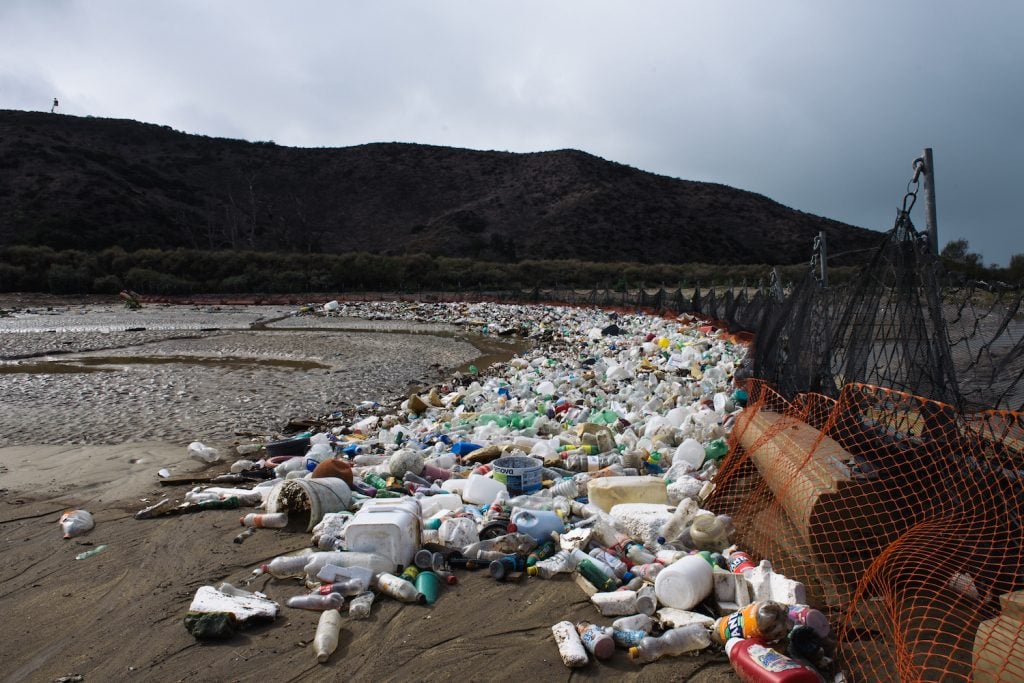
Pendergraft’s research proved that bacteria and chemical compounds found in the ocean become aerosolized in sea spray. Published in the peer-reviewed journal Environmental Science & Technology earlier this year, his investigation has revolutionized how we understand coastal water pollution.
Pendergraft and other UCSD scientists sampled the Tijuana River, coastal seawater, and Imperial Beach’s coastal aerosols after five rain events. They used a filter-based method to also collect aerosols in La Jolla, for comparison. In the lab, they examined the samples’ chemical composition and bacteria community.
“We identified bacteria and chemicals in the Tijuana River flowing into the ocean in Imperial Beach and returning to land in aerosols coming from the ocean,” Pendergraft explains.
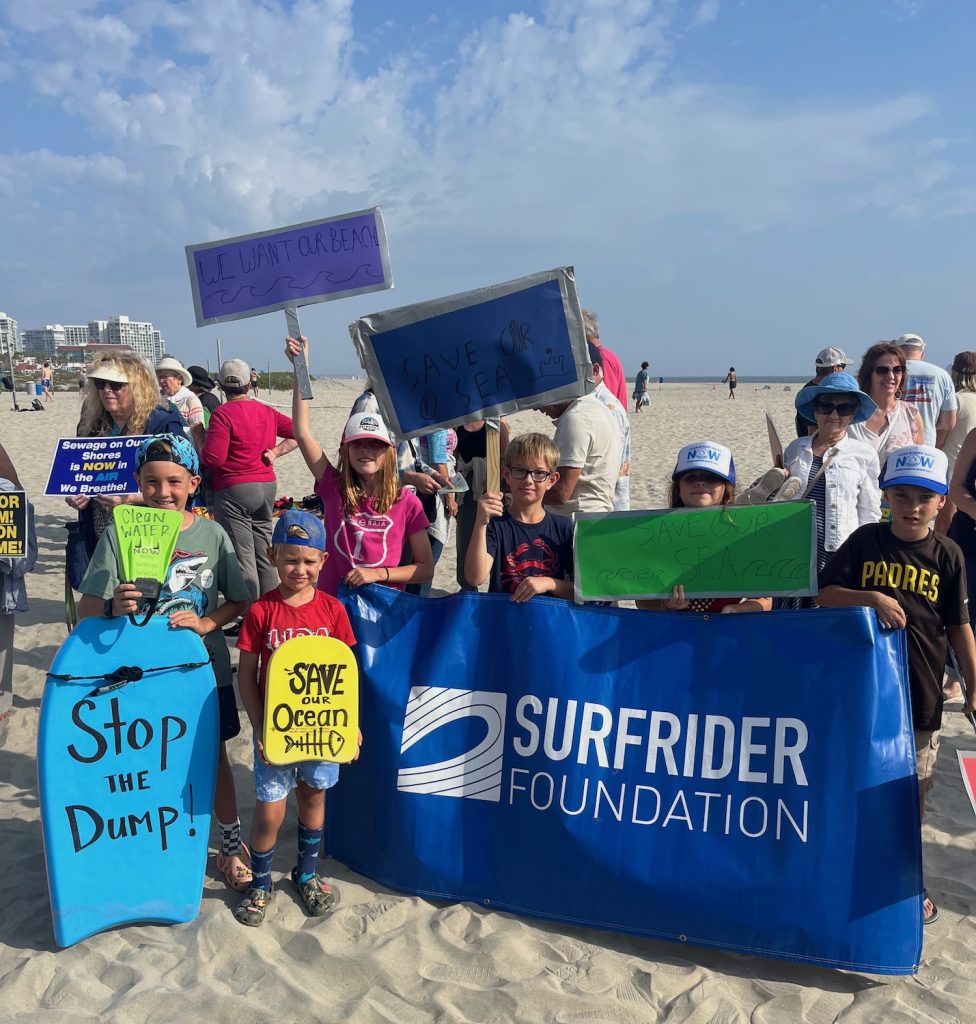
According to Sarah Davidson, the manager of Clean Border Water Now at the San Diego Surfrider Foundation, Pendergraft’s study changes everything about the way residents interact with the beach when the water is contaminated.
“[Beachgoers] are still being exposed even when they are not swimming in the ocean,” Davidson says. “That’s a really important realization. We are not necessarily safe by not going in the water; there’s a risk now just [from] breathing in the air that has been impacted by border pollution.”
The effects of polluted water constantly entering the ocean at the border are, according to Davidson, devastating. “We are now learning more and more about how widespread in South San Diego County the impacts are,” she says.
And South County dwellers may feel those impacts even when they don’t step foot on the beach. Many residents who live close to the Tijuana River Valley have reported sewage odors in their homes.
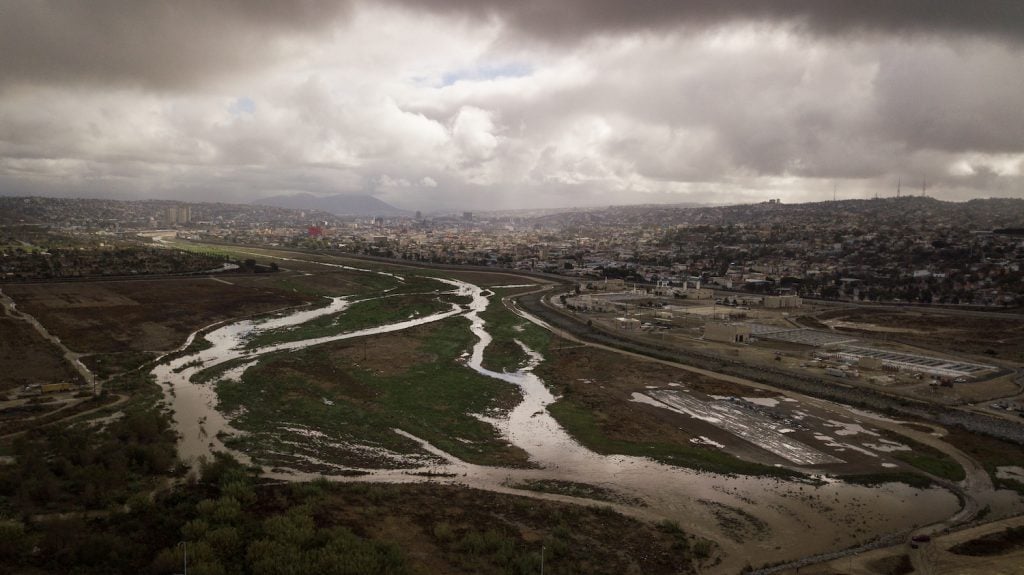
The San Diego County Air Pollution Control District (SDAPCD) is in the process of installing odor monitors in the area to measure air quality by quantifying its level of various chemical compounds, hydrogen sulfide among them. “Exposure to these compounds in high quantities can cause dizziness, headaches, insomnia, nausea, eye irritation, asthma, and other health issues,” the organization said in a press release.
Preliminary data collected by SDAPCD’s San Ysidro odor monitor reports a concentration of hydrogen sulfide up to 43.45 parts per billion (pbb). The California Ambient Air Quality Standard nuisance odor threshold is set at 30 pbb.
“It’s really impacting the quality of life of residents, and not only here in Imperial Beach but in other areas in San Ysidro and in Chula Vista, as well,” said Domingo Vigil, the deputy director of the Air Pollution Control District Governing Board, at the October 10 CCC meeting.
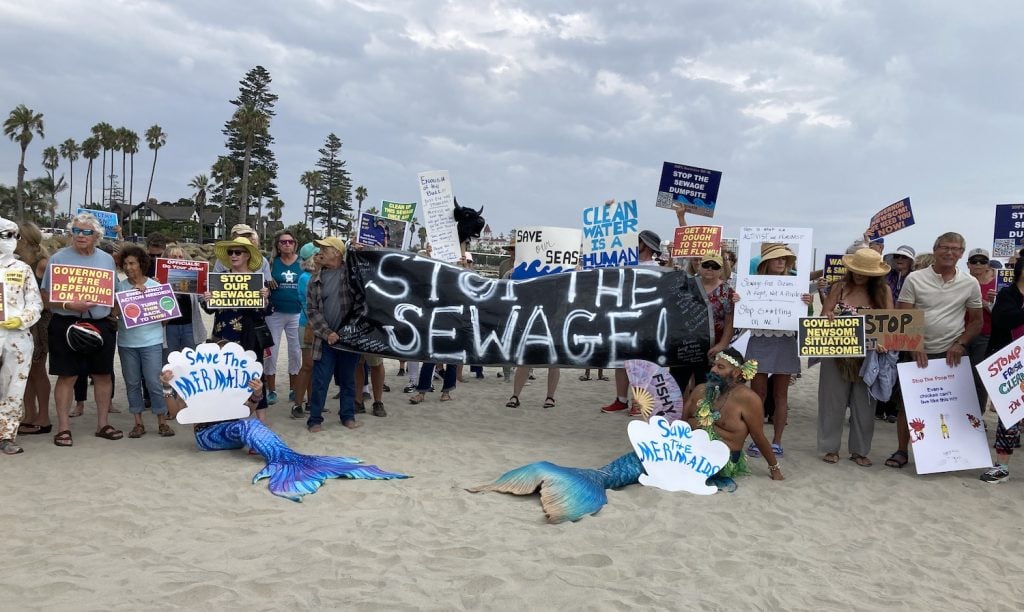
This multifaceted problem has earned an emergency declaration from the city of Imperial Beach, the city of San Diego, and the San Diego County Board of Supervisors. However, Governor Newsom sent a letter rejecting declaring the state of emergency at a state level. He elected instead to pass the ball to President Biden.
In October, President Biden asked Congress to fund $310 million for repairs to remedy the sewage flow into the ocean through the Tijuana River Valley.
“We are advocating for the supplemental funding that’s currently [being] considered by Congress,” Davidson says. “And we are seeking other funding so the solution can be built as quickly and effectively as possible and can have some ongoing funding stream so we don’t fall into a state of disrepair.”
PARTNER CONTENT
As the San Diego-Tijuana region approaches the rainy season, the need for a remedy turns dire, as more storms mean more sewage flowing into the ocean.
“It’s going to be winter,” Matt Dickson warns. “It’s going to rain again.”









